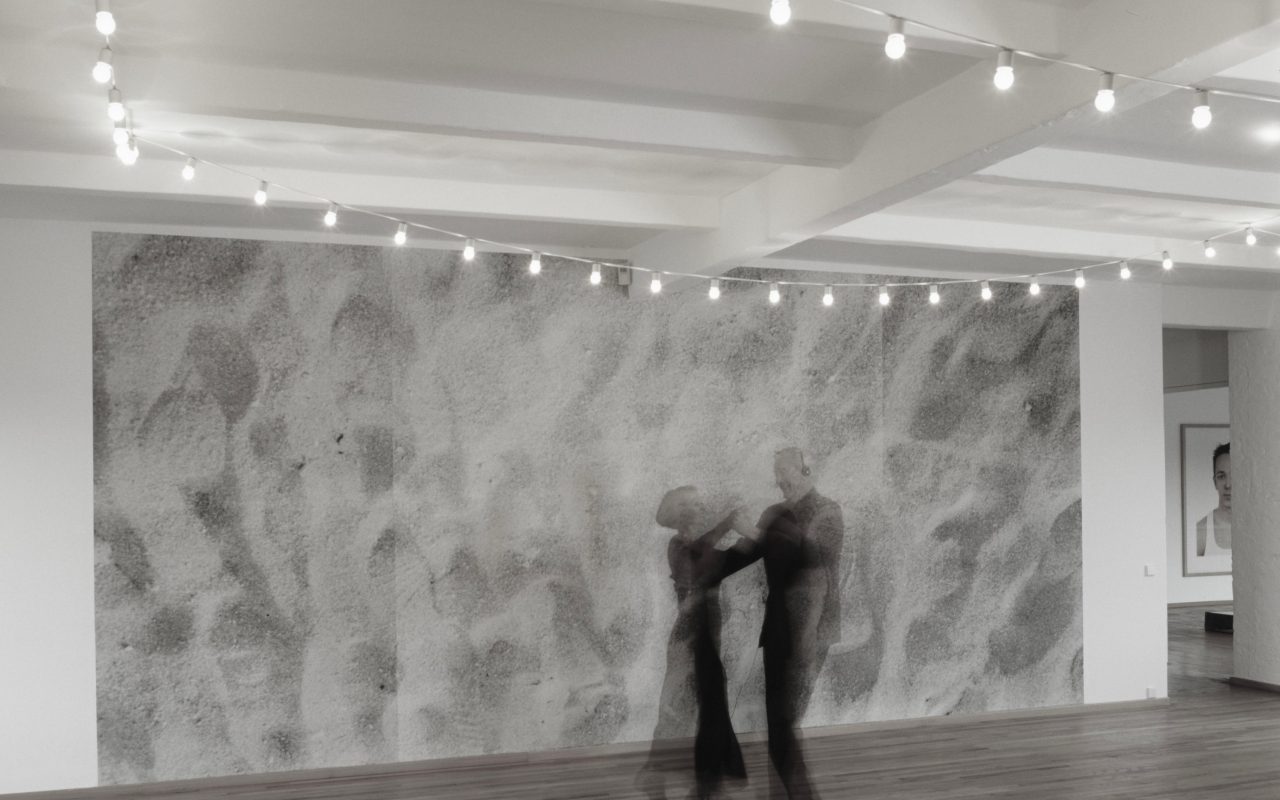Erika and Rolf Hoffmann made their first discoveries of contemporary art in the 1960s at early Documenta exhibitions in Kassel and in various museums and art associations across the Rheinland. Discussions with artists about their ideas and the works that embodied them lead the Hoffmanns to important friendships and, in the late 1960s, their first acquisitions; already in these initial years, the couple was discovering the possibility of reimagining society through and in art.
Early on, a wide range of artistic expression struck the Hoffmanns as an essential quality of contemporary art. The desire to better understand artists' engagement with contemporary issues and means of production presented the pair with a challenge like no other.
From the mid-1980s, following the sale of their company, the Hoffmanns enjoyed more time and financial freedom for their passion. As before, however, collecting art remained a private pursuit.
This changed with the fall of the Berlin Wall. In the wake of this seismic event, Erika and Rolf Hoffmann developed an idea for a public-private partnership to create a Kunsthalle Dresden, an institution for contemporary art in which several investors and collectors could and indeed wanted to participate. After multiple years of planning, the project was called off.
In 2018, the Hoffmann family decided to begin closely collaborating with the Staatliche Kunstsammlungen Dresden, and combined their decision with a donation of works to the State of Saxony. Since this time, works from the collection have been exhibited not only in Dresden, but throughout the region.
In 1994, the Hoffmanns found and purchased an empty factory in Berlin-Mitte.
Since 1997, every year, a different part of the collection is presented in their living and working spaces in the Sophie-Gips-Höfe under a new, central theme, inviting visitors to discover continually evolving dialogues between artworks of different generations and media.
